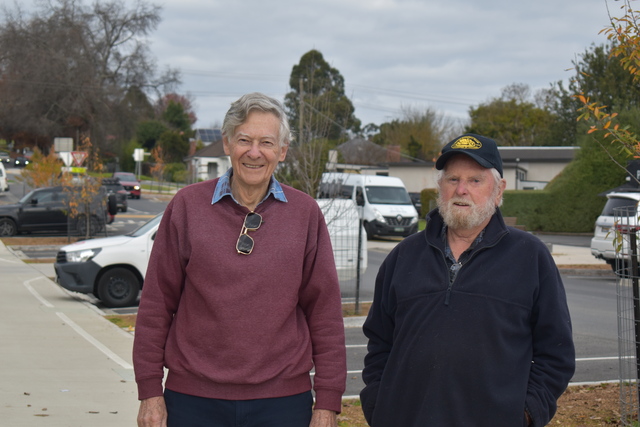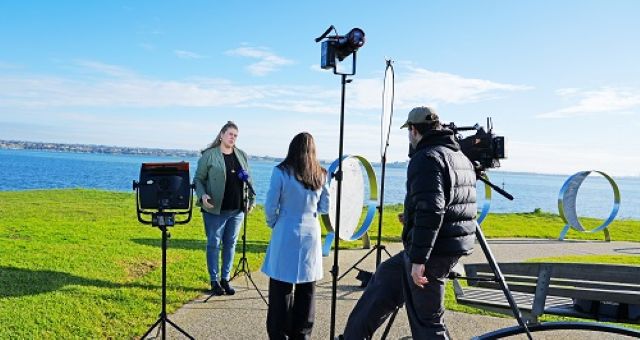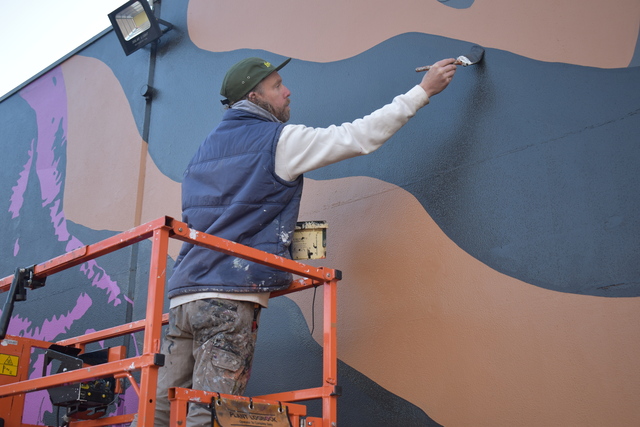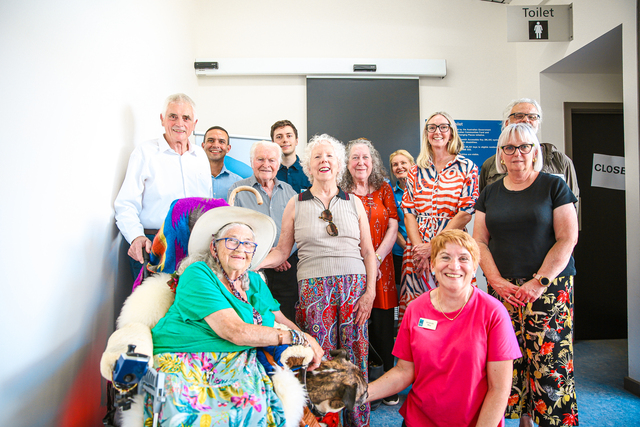Yarra Ranges Council (YRC) recently handed down that they will not include the change of the angle of park bays and the modification of the width of the pavements at Lilydale Road, Healesville in the upcoming upgrade, which sparked concern in the community.
In 2019, YRC engaged with the local community on the proposed design and requirements of Lilydale Road due to an increase in pedestrians and visitors to the area following the success of the Four Pillars Gin distillery, other restaurants and businesses on the road.
The road was transformed to include connecting footpaths, 64 formalised parking spaces, improved drainage and lighting and street trees.
Yarra Ranges Mayor Sophie Todorov said YRC is aware there are some aspects of the design of this road that the community is unhappy with, however, it needs to look at the future use and requirements of the road, not what it has been used for in the past.
“Council’s main aim for the construction of this road is to slow traffic down to make it safer for all pedestrians in the area, improve the parking by formalising the spaces, provide enough parking for predicted visitor numbers, plan for our future needs, connect with shared paths and plant a streetscape that will grow and mature in time,” she said.
“Following the completion of the road, we received some feedback about the size of the parking spaces and width of the road. While the road was built to regulation standards, we will be making some adjustments to widen the parking bays and round off the corners from the areas where the trees are.
“While we know that the changes to this road are significant to the local community, we ask for their support as we work towards improving the safety of the area for pedestrians as the local economy grows.”
Despite the recent announcement from YRC about the alterations including relocation of trees in the area, the local community is doubting if it’s going to be effective in decreasing the dangerousness of the area.
Healesville Action Group (HAG) convener John Rosser said the community is worried about safety due to the 90-degree angle parking bays.
“People are making a fuss because the [car] park is bad and is dangerous when they’re trying to get in and out,” he said.
HAG secretary John Anwin said the biggest criticism is the narrowness of the road while the pavements are wide.
“So far as we understand, they [YRC] weren’t going to ever connect these pavements to anywhere, so it’s not part of the trails from Yarra Glen to Healesville. This is just a little offshoot to bring them up into this tourist area. So there was no need to put these wider pavements here,” Mr Anwin said.
“In fact, on the council’s own hierarchy of roads where they classify them, it’s still classified as a collector road, which means it should be carrying more traffic than a side street but not as much as the main road [so the road should be wider given that the road is classified as a collector road which has traffic all the time].
“The most realistic outcome would be to change the parking angle. They’ll not spend much anyway.”
Two HAG members said public consultation delivered by YRC was to convince community members rather than listen to the voice of the community.
“At the last meeting we had with the council, there was a PR person and she was there to put a positive spin on everything and tried to convince everybody. They had a consultation but they’re not going to change anything,” Mr Anwin said.
“The first public consultation was only with people in the street [businesses on Lilydale Road] and only a few businesses were concerned about the parking back then.”
A local tour operator is also deeply worried about the safety of the road, especially when he drops off people from his minibus.
Yarra Valley Rides director Scott Bennett said there is nowhere to park for his minibus.
“The allocated bus area that they put in after we complained is useless. It’s too short. The road is too narrow. If vehicles are dual cab utes with a bullbar or towbar, they don’t fit in the parking properly. The towbar is around on the street, so it’s really dangerous,” he said.
“The other issue is because it’s got angled [90-degree angle] parking, people can’t see what’s coming. So when they back out, they cross the road and block the entire road to get out.
“The other one, you’ve actually got to drive technically up on the footpath to drop people off outside Payten and Jones, which is dangerous.”
Healesville CFA captain Brian Earl said the brigade mostly goes straight to Chum Creek Road from Healesville Main Street and does not pass through Lilydale Road when they have callouts in Yarra Glen and the surrounding area.
“So, it [Lilydale Road] doesn’t really affect us. The only real issue we have with it [Lilydale Road] is when we get responded to Four Pillars,” he said.
“When the alarm goes off for Four Pillars Gin Distillery, we end up tying up all the road because there’s nowhere to park and just congest the road very rapidly.”
YRC built environment and infrastructure director Hjalmar Philipp said 90-degree angle is the only angle suitable for access in both directions according to Australian Standard 2890.5:2020.
“As visitors to Lilydale Road arrive and leave from multiple locations, 90-degree parking allows for safer manoeuvrability along the length of the road,” he said.
“Lilydale Road is classed as a collector road. This means that the road is a link between arterial roads that have a higher traffic usage. Over time the way this road is being used has now changed and become a tourist location.
“The design of the Lilydale Road and footpaths has been done intentionally to force traffic to slow down as well as maximising the number of parking spaces available for predicted future use. It also takes into account the increased number of pedestrians on the footpath – now and into the future when the Yarra Valley trails are completed.”
Along with the Australian Standards, the YRC’s traffic engineers also took into account the following factors when they decided on the design of the road; the purpose of the road, the speed of the traffic on the road, the amount of driveways/crossovers onto the road, the line of sight of the driver on the road, the line of sight of the person in the parked car, the amount of space needed for the driver on the road to either slow down or pass vehicles pulling out, the amount of space needed to pull out of the parking space without impacting other parked vehicles, and safety and buffer zones.







